The Pope spent 12 days visiting Papua New Guinea, Timor Leste, Indonesia and Singapore. These destinations are geographically far from the Vatican, which is considered the Vatican's periphery. Therefore, the media sees the purpose of Pope Francis's trip as implementing the policy of "pivoting to the Asia-Pacific region".
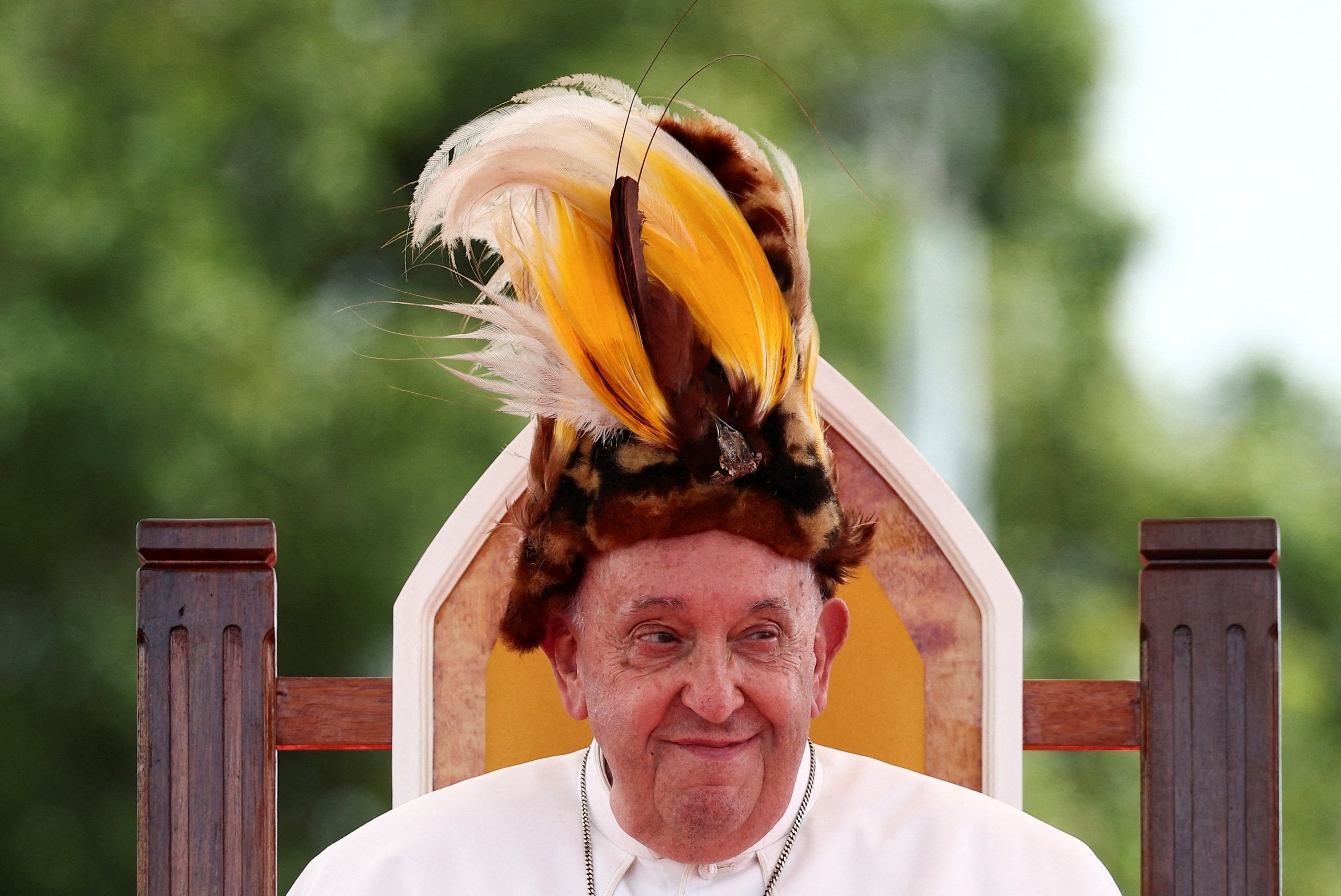
Pope Francis during his visit to Papua New Guinea.
Papua New Guinea and Timor Leste are both small countries. Indonesia is the world's most populous Muslim nation. Singapore is a "city state." Yet together they make the point of Pope Francis's trip abroad: the Catholic Church's reach and the Holy See's influence in far-flung places.
Going to the peripheries is one of Pope Francis' strategic directions to "globalize" the Catholic Church, enhance its status and strengthen and expand the influence of the Catholic Church and the Vatican in the modern world. Pope Francis sees the future of the Catholic Church and the influence of the Vatican in the above globalization direction, not only mobilizing and encouraging people around the world to turn to the Vatican in Rome but also building and strengthening the direct presence of the Vatican in the peripheries.
At the same time, Pope Francis also advocates building and strengthening the Vatican's global political role, expressing his views and attitudes on current world issues such as the war in Ukraine and the Gaza Strip, fighting climate change or the US presidential election. This is also a way for this Pope to complete his own political and religious legacy.
Source: https://thanhnien.vn/chien-luoc-khoi-xa-cua-vatican-185240916221426779.htm


![[Photo] Tourists line up to receive special information publications from Nhan Dan Newspaper](https://vstatic.vietnam.vn/vietnam/resource/IMAGE/2025/4/24/3ac2c0b871244512821f155998ffdd60)
![[Photo] President Luong Cuong holds talks with Lao General Secretary and President Thongloun Sisoulith](https://vstatic.vietnam.vn/vietnam/resource/IMAGE/2025/4/24/98d46f3dbee14bb6bd15dbe2ad5a7338)
![[Photo] General Secretary To Lam receives Philippine Ambassador Meynardo Los Banos Montealegre](https://vstatic.vietnam.vn/vietnam/resource/IMAGE/2025/4/24/6b6762efa7ce44f0b61126a695adf05d)
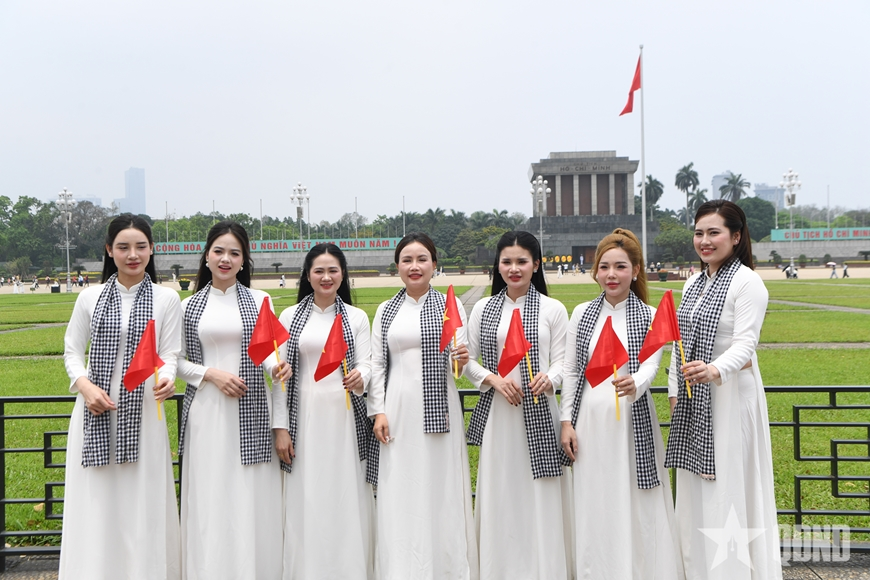

![[Photo] Prime Minister Pham Minh Chinh works with the Academy of Posts and Telecommunications Technology](https://vstatic.vietnam.vn/vietnam/resource/IMAGE/2025/4/24/83f86984b516422fb64bb4640c4f85eb)
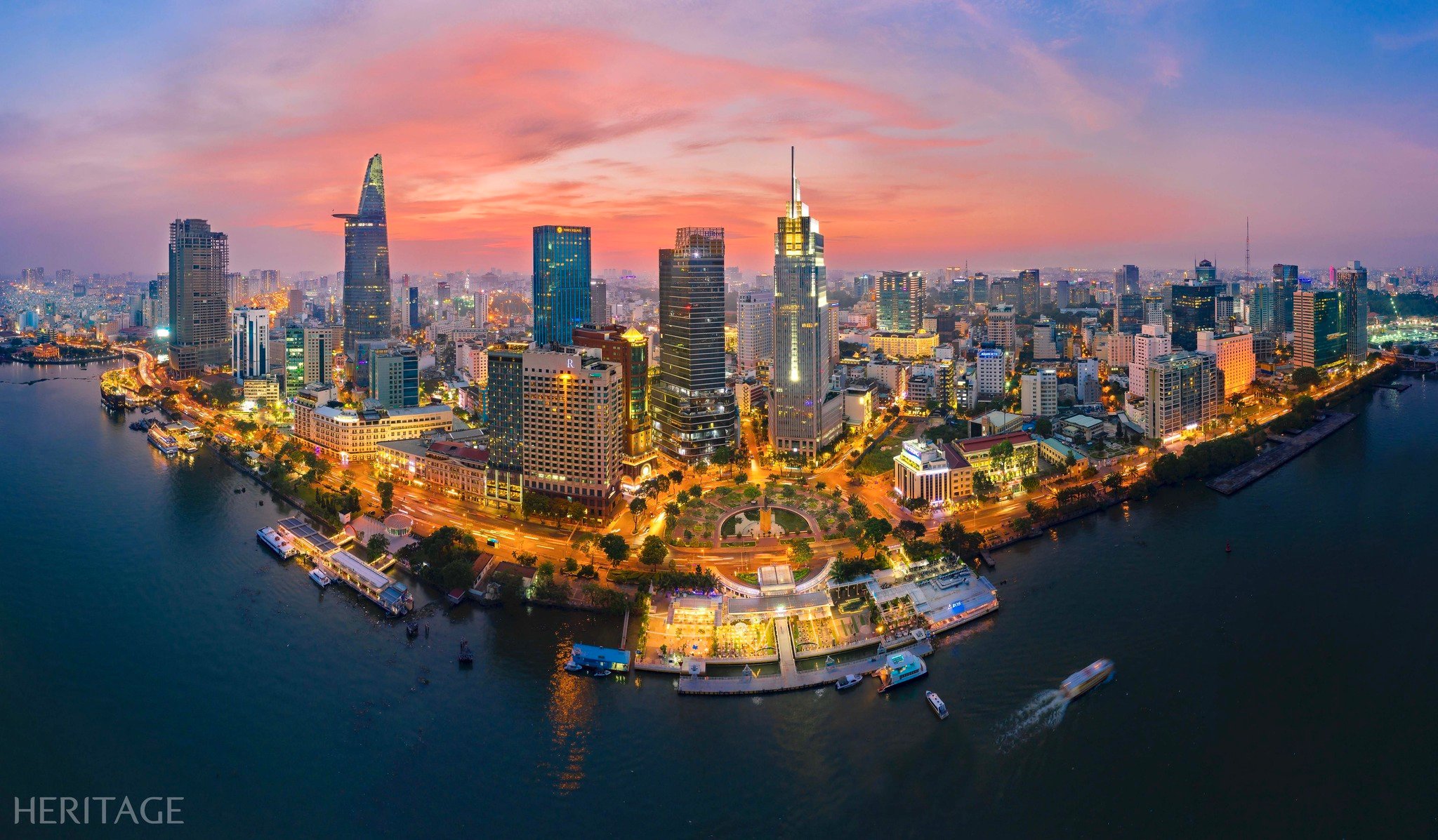



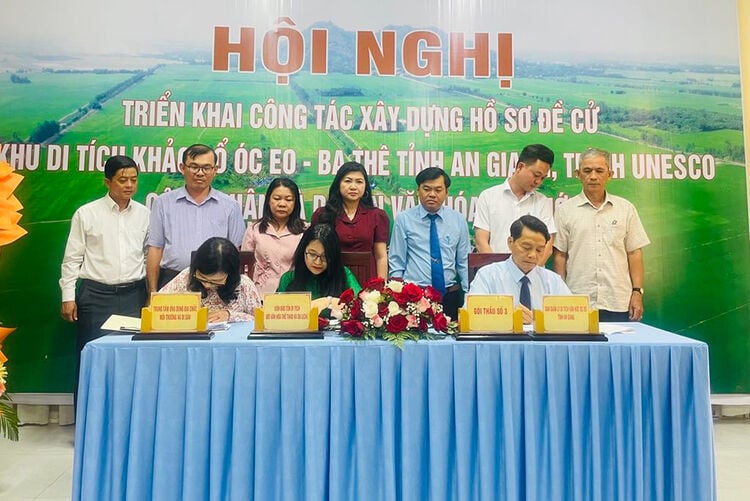

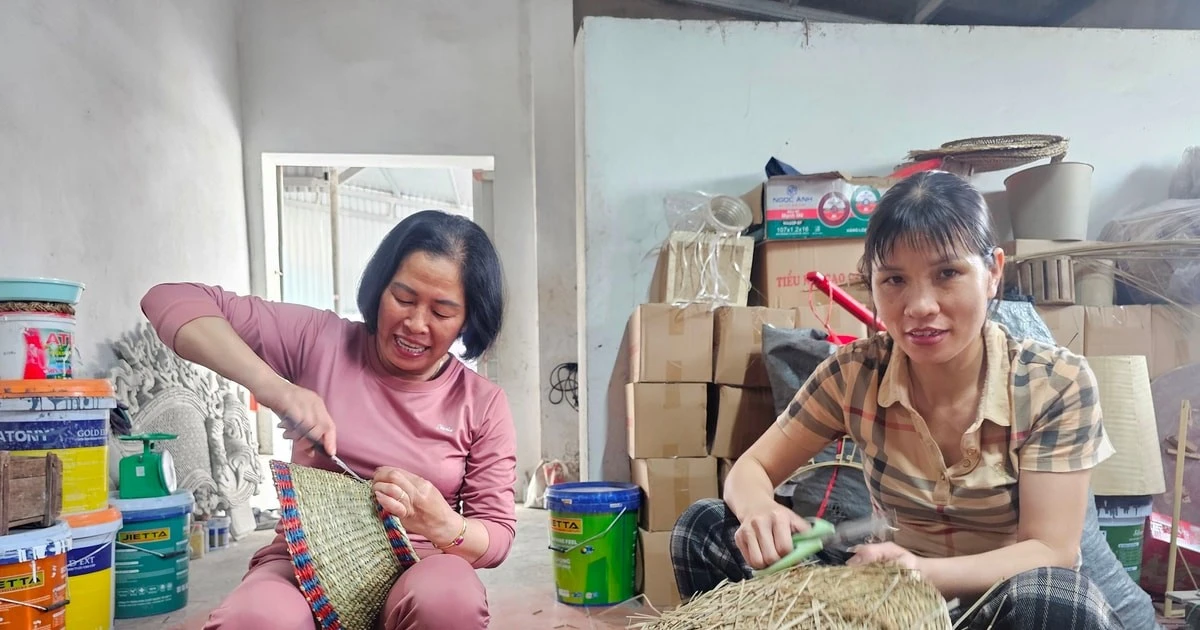

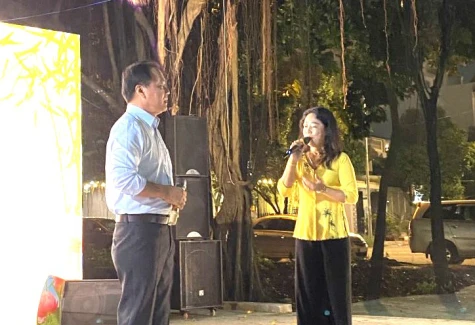



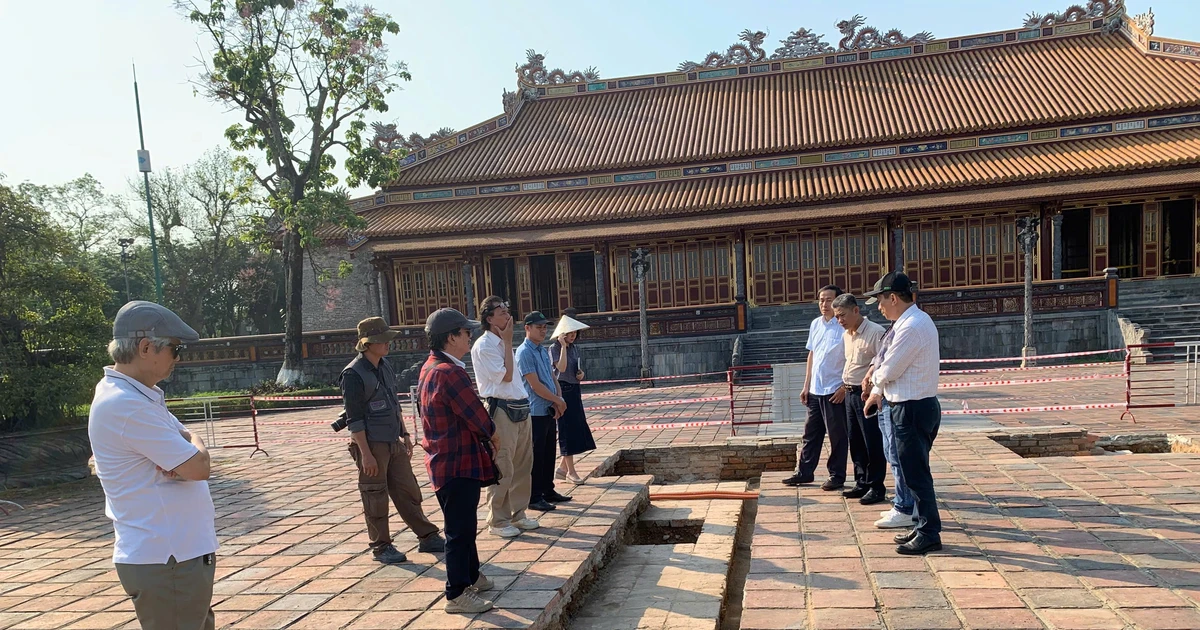

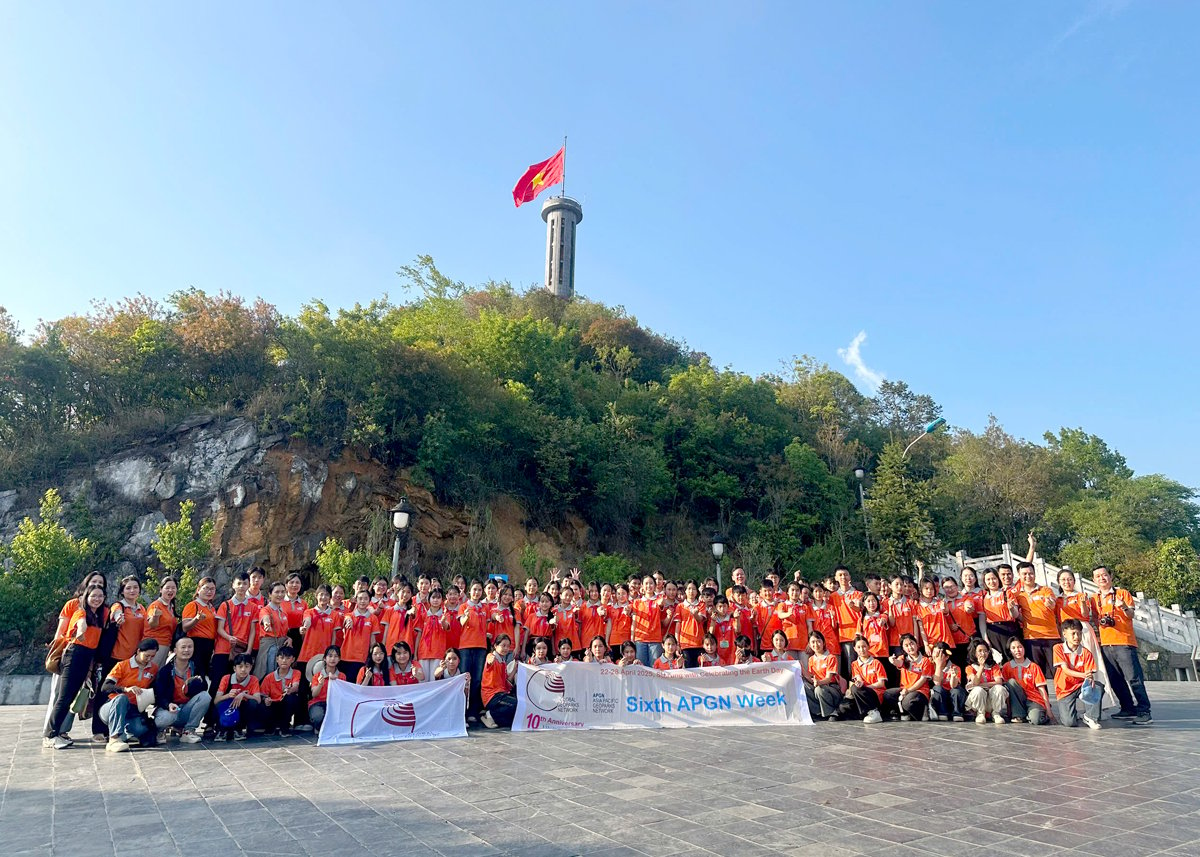

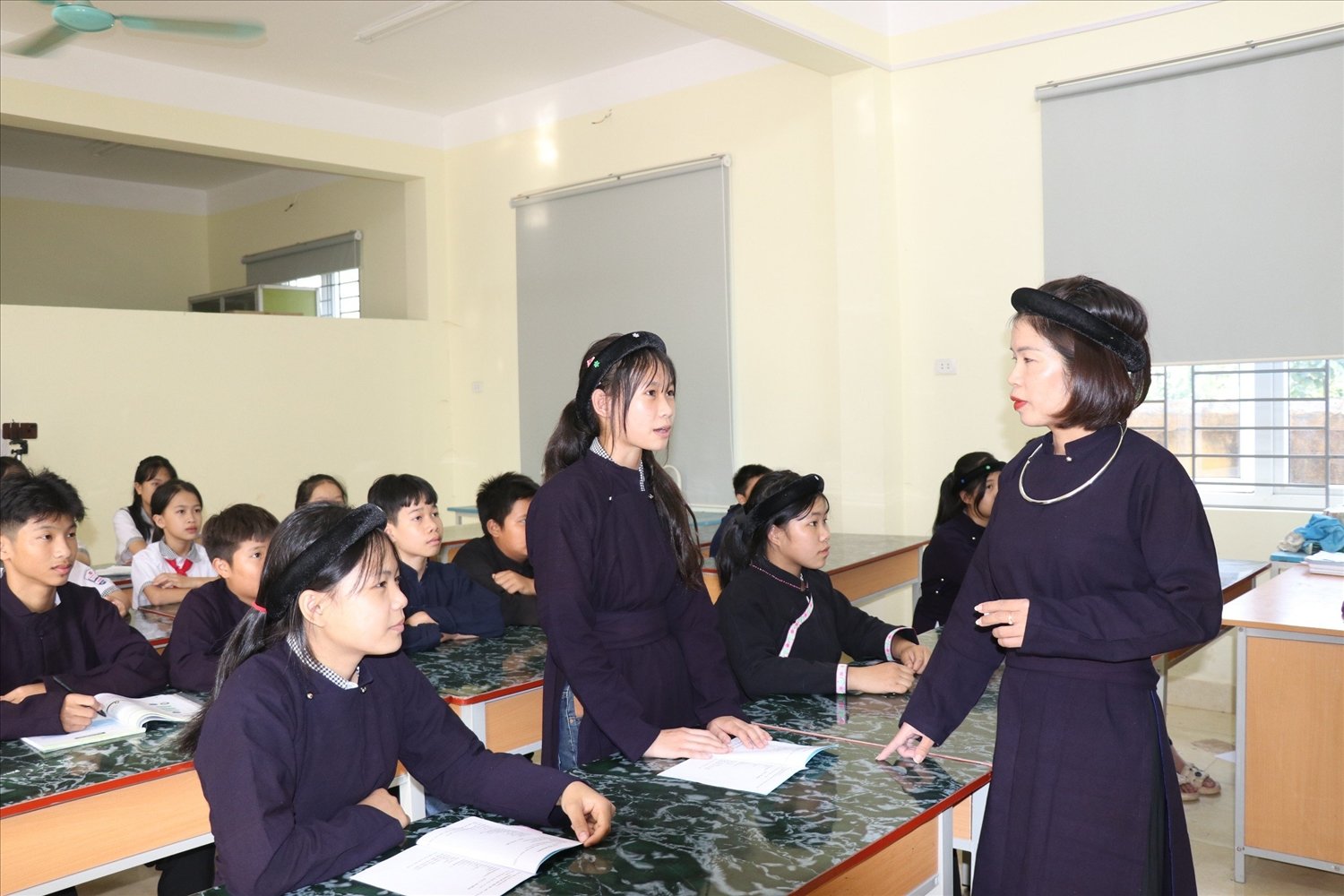



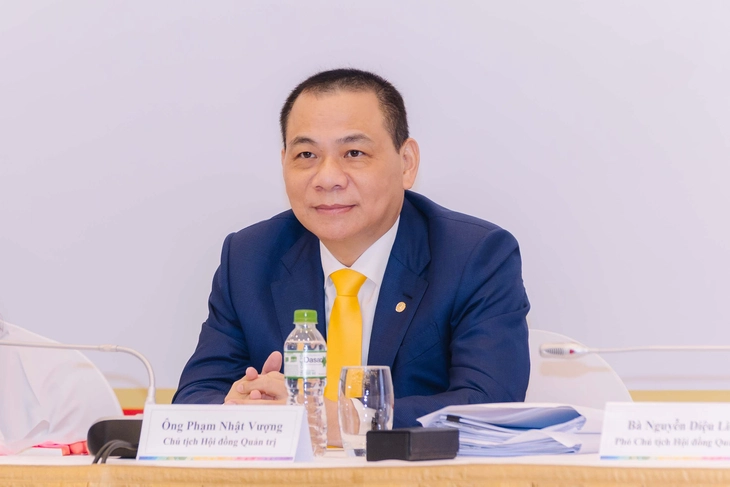


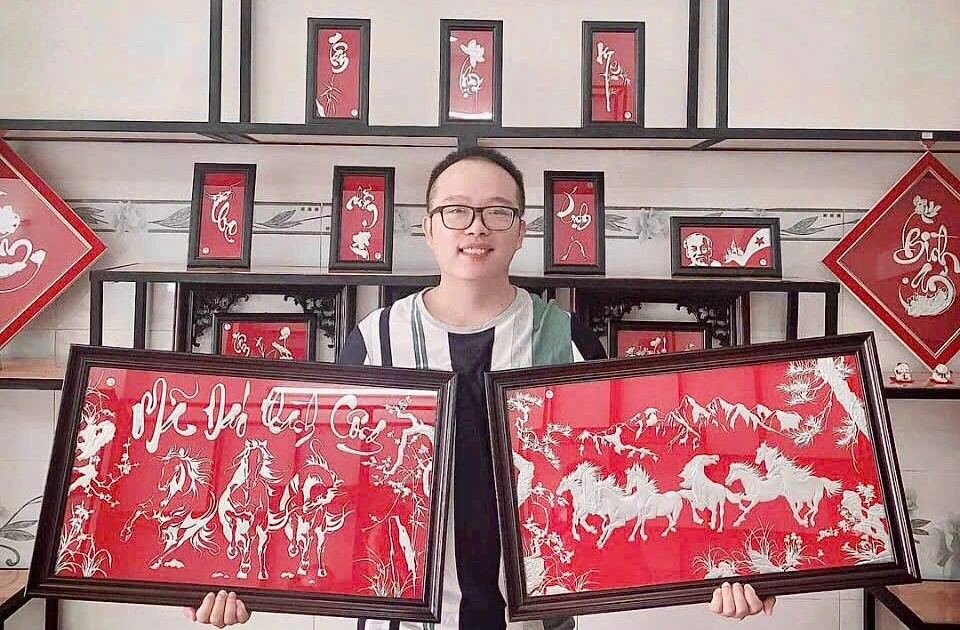
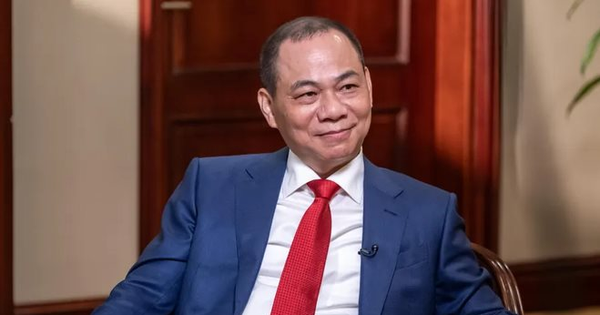



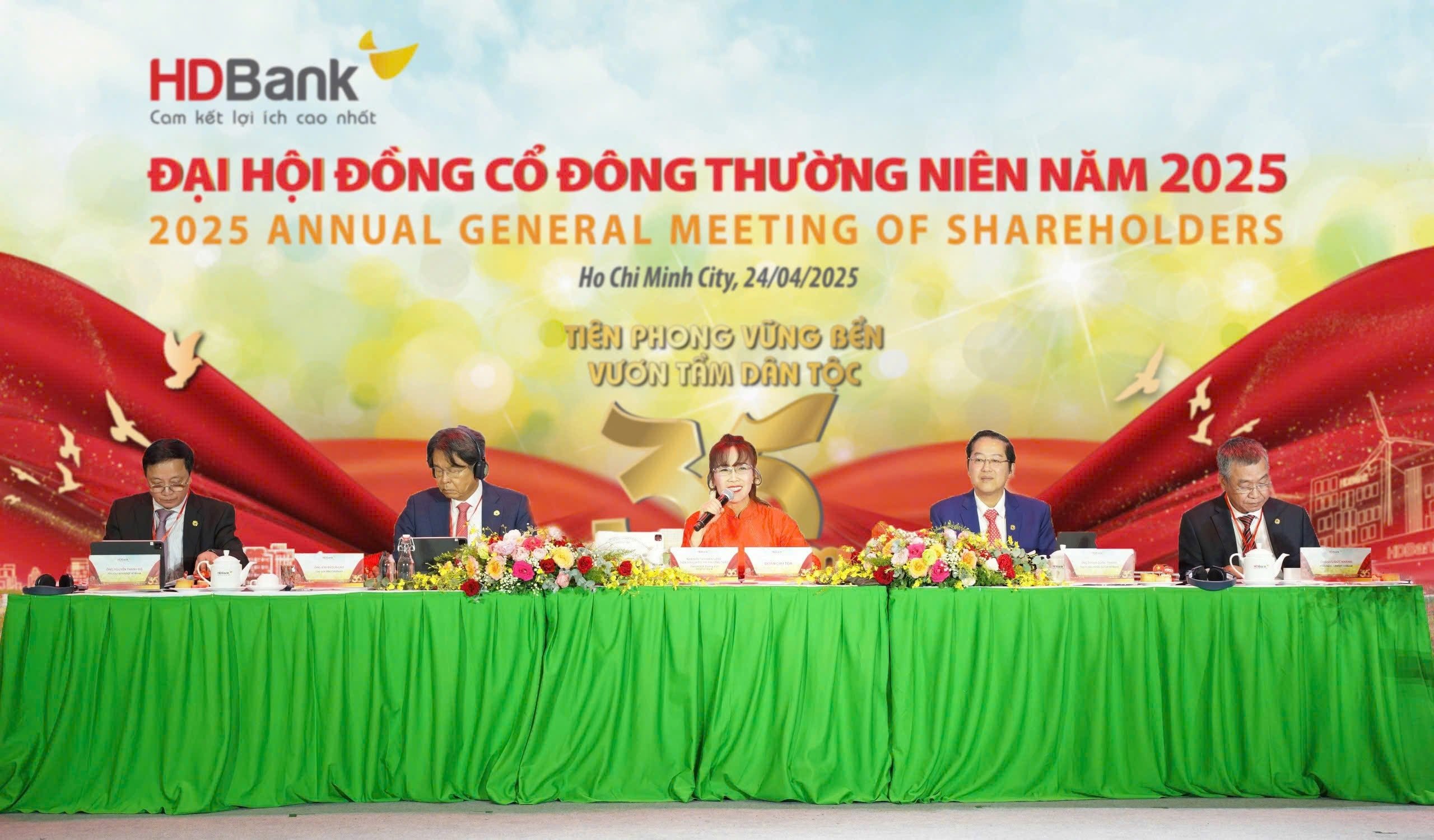
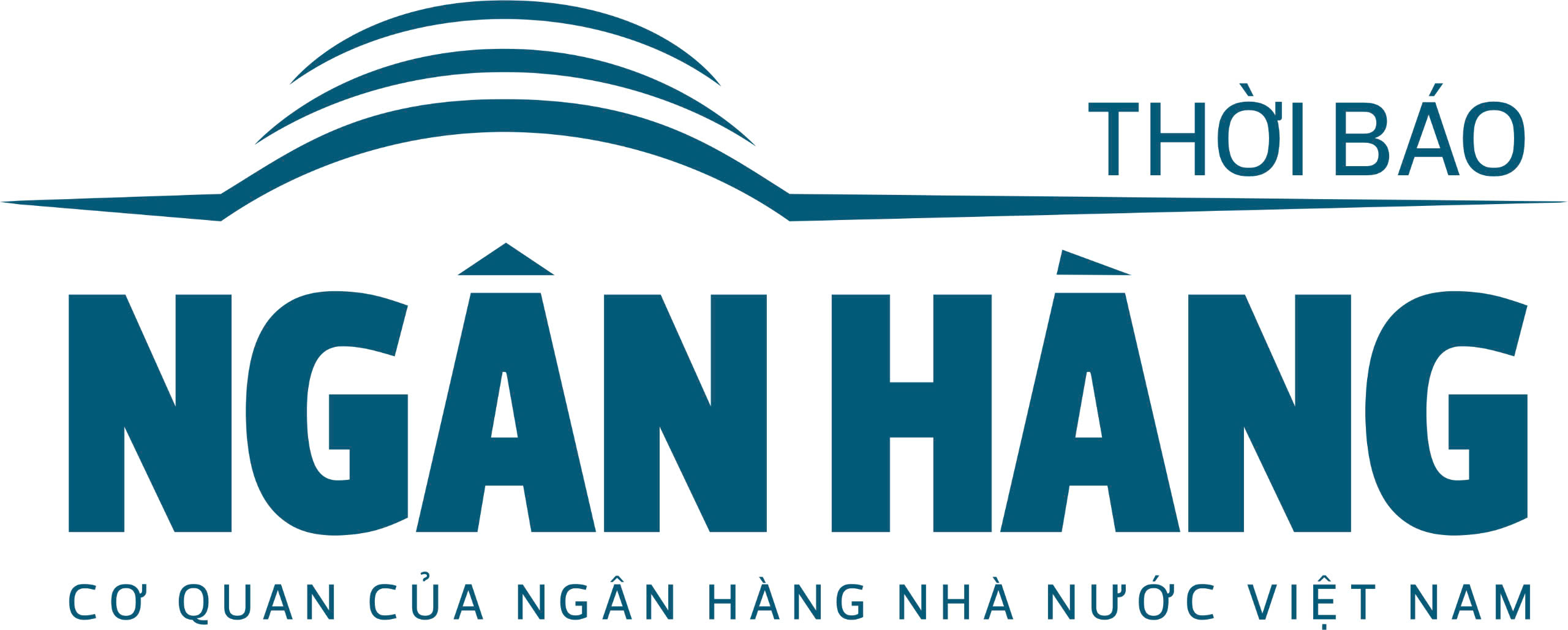
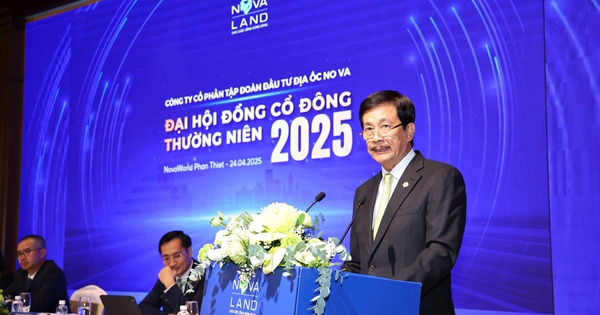
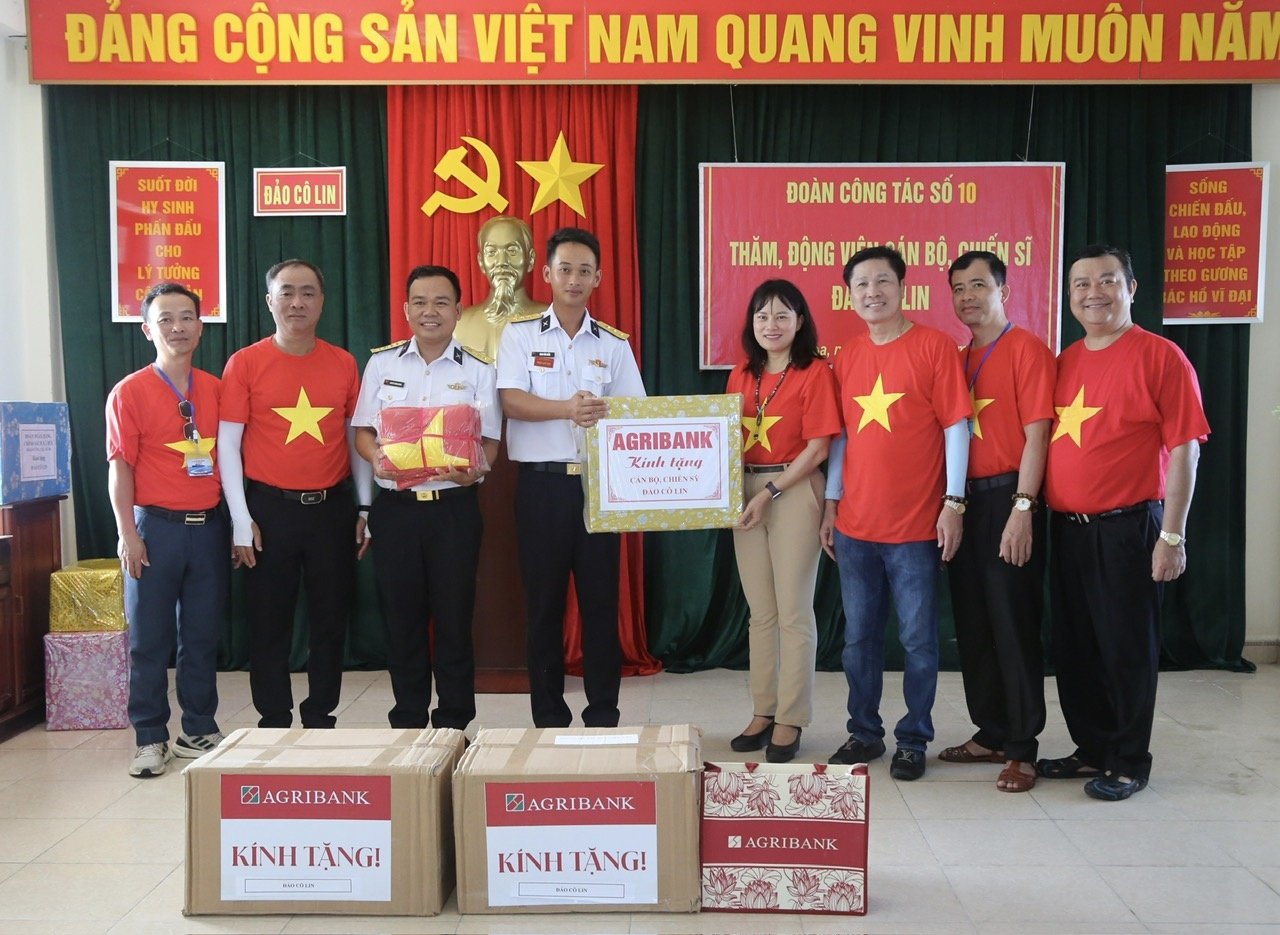
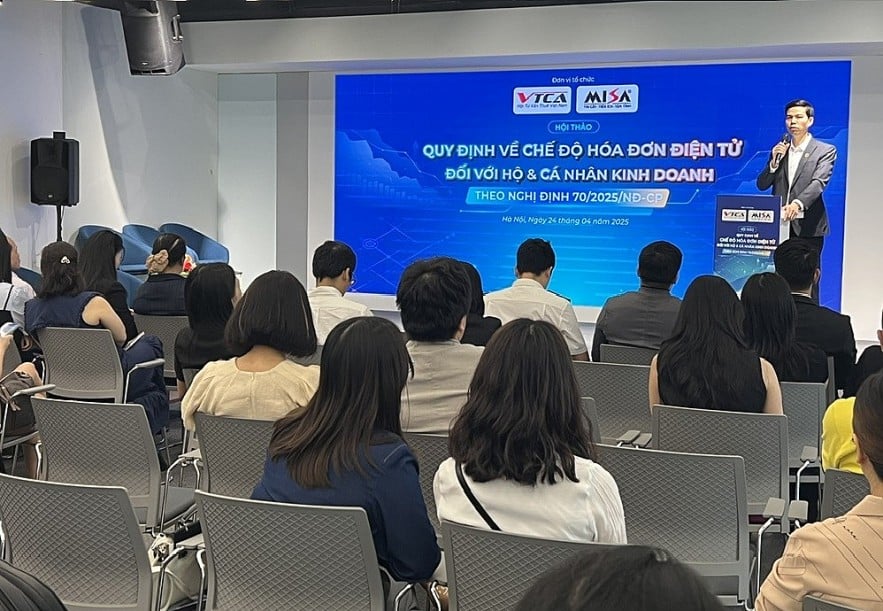


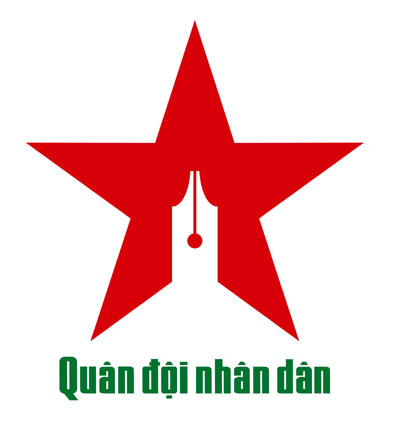
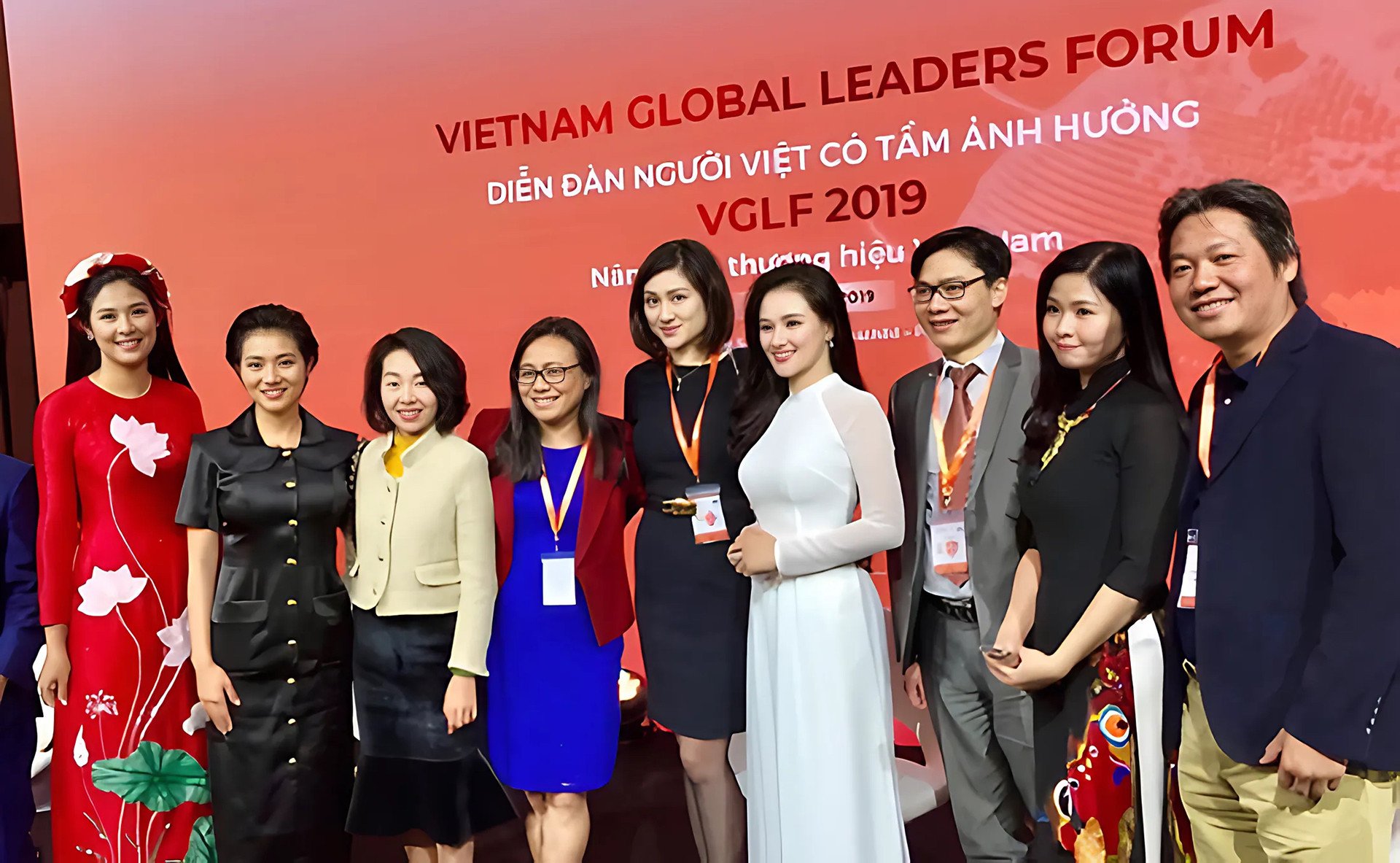


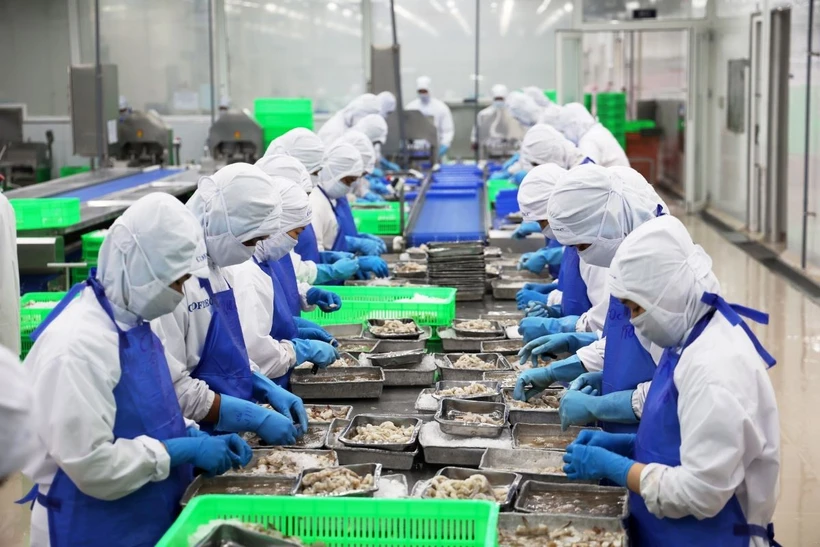

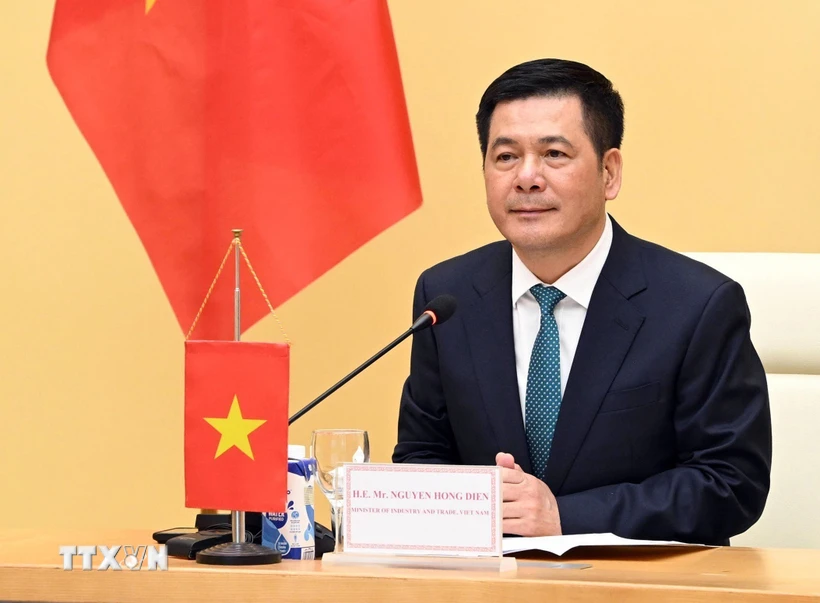
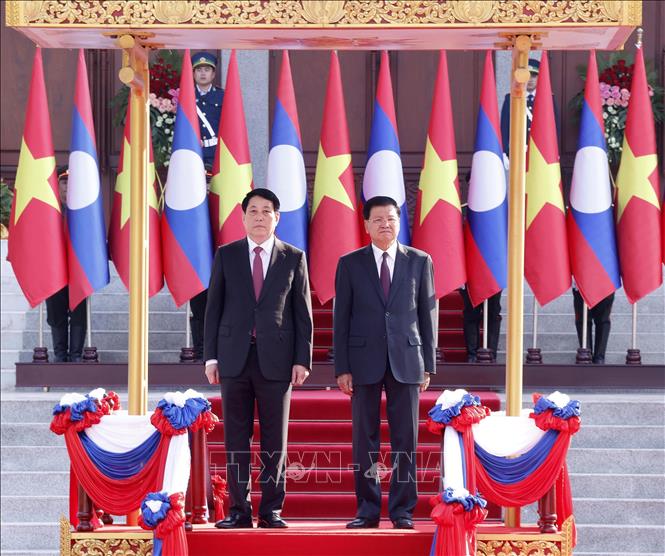

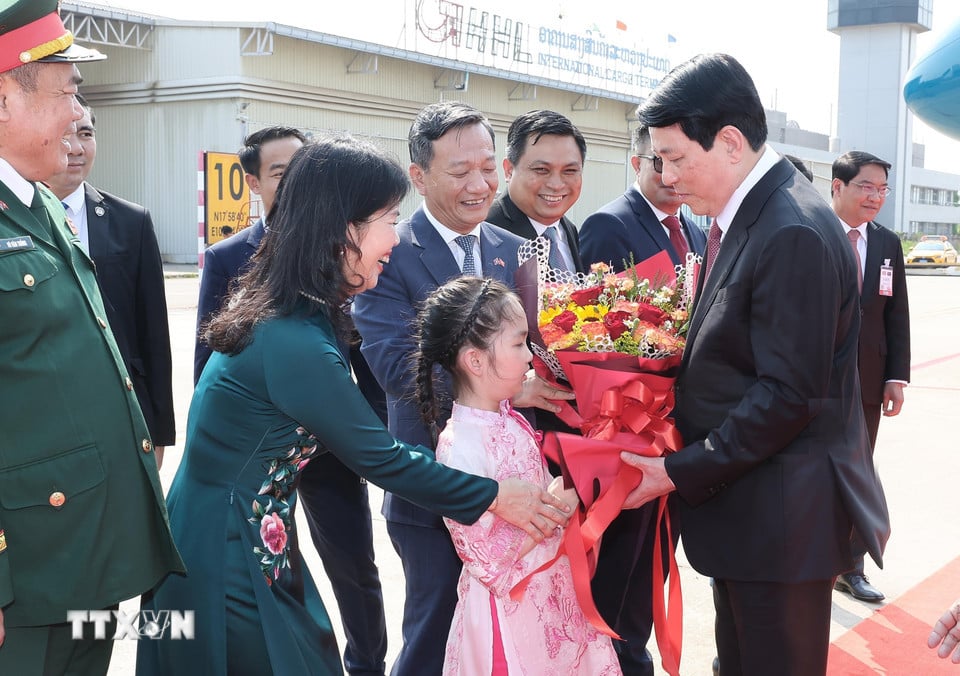


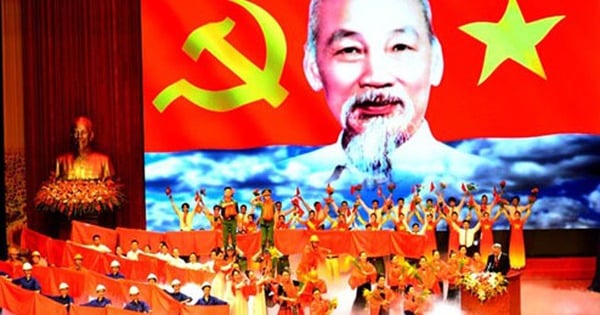


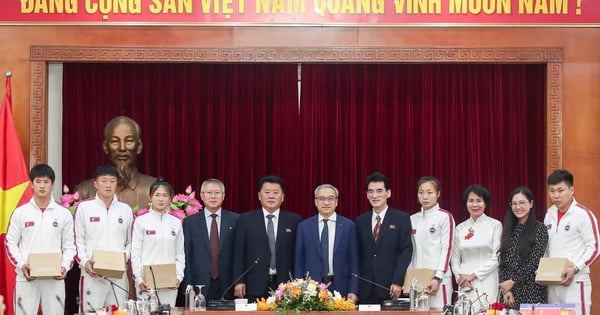
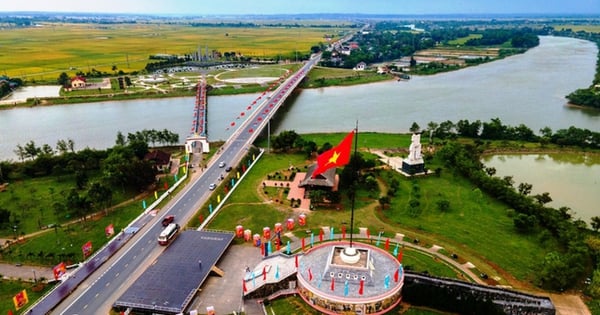
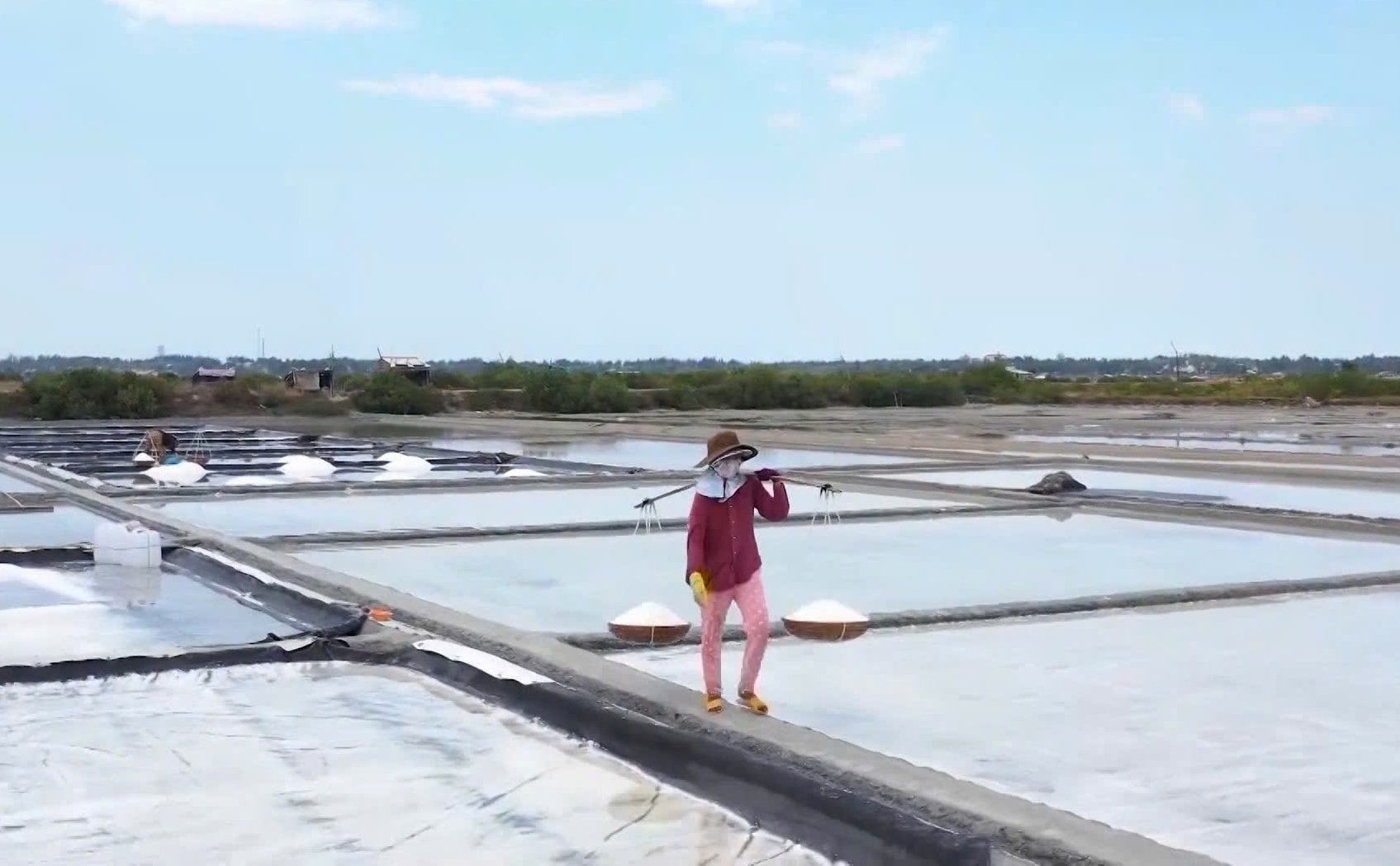



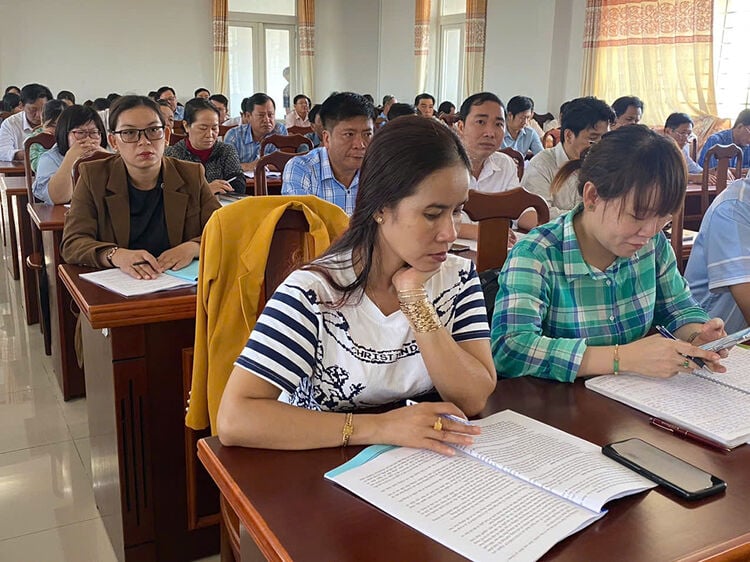
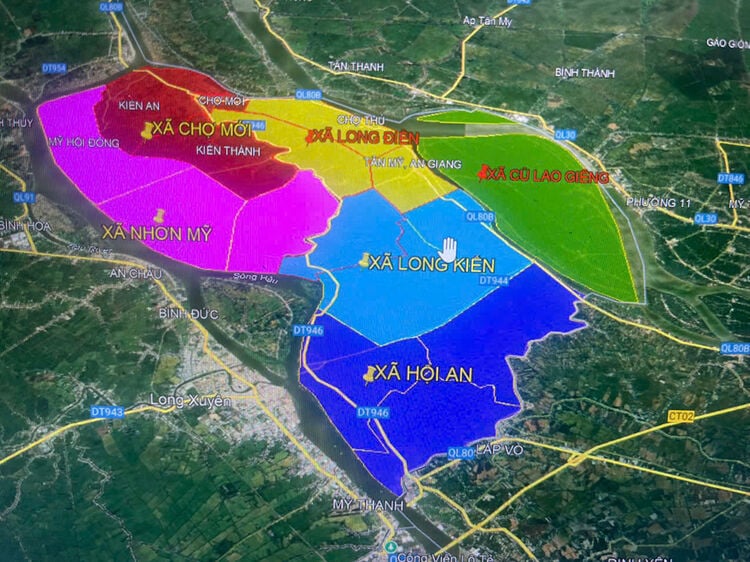


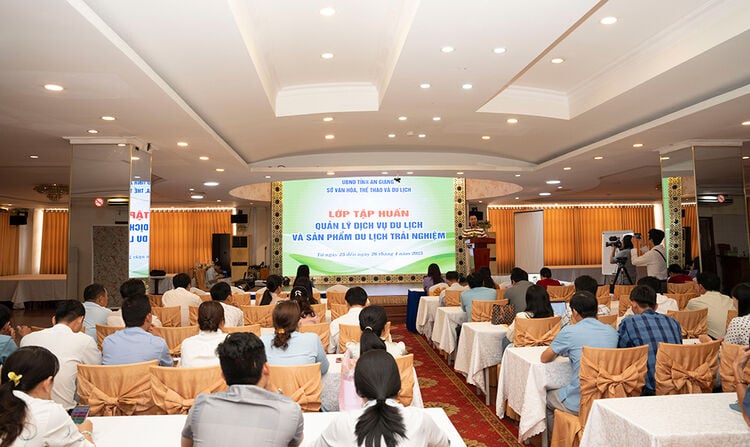
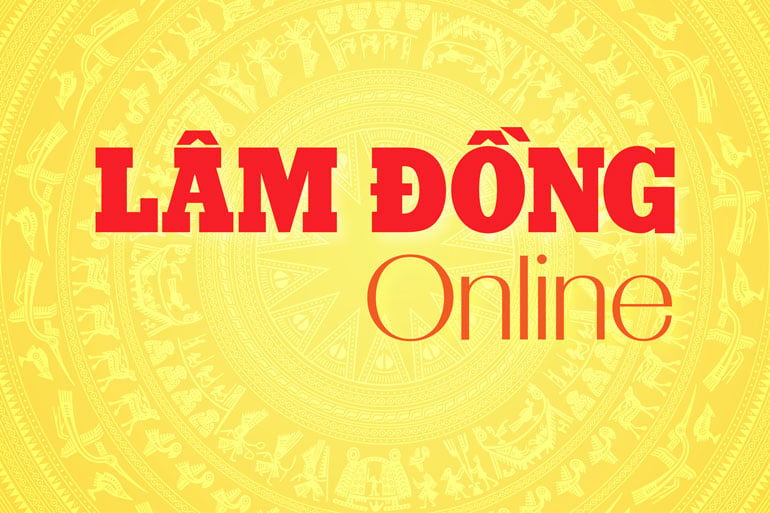




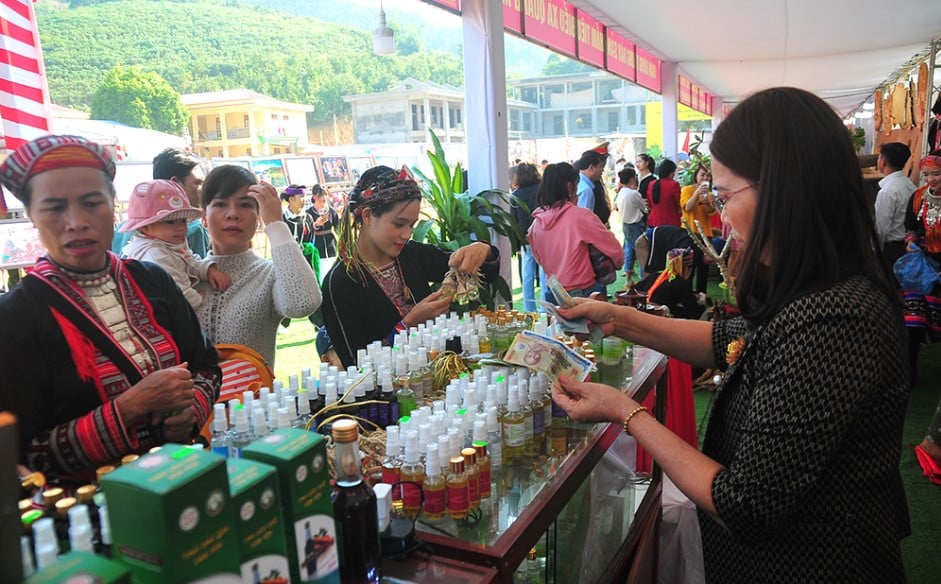


Comment (0)